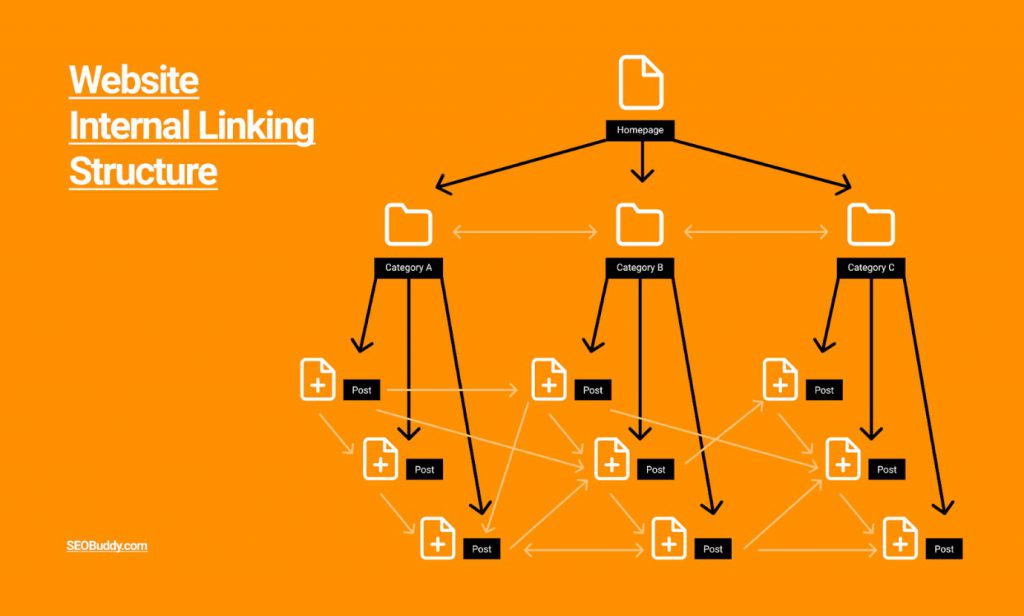🎯Why Internal Linking is Crucial for SEO: A Beginner's Guide
Why Internal Linking is Crucial for SEO: A Beginner's Guide
Want better rankings and a lower bounce rate? Internal linking is often overlooked but plays a major role in your website’s SEO success. It not only helps search engines crawl your site but also keeps visitors engaged longer.

🔗 What is Internal Linking?
Internal links are hyperlinks that point to other pages within the same domain. They help distribute page authority (link juice), improve navigation, and enhance the user experience.
🚀 Why It Matters for SEO
- Improves crawlability: Helps search bots find and index your pages.
- Boosts keyword rankings: Spreads authority to important pages.
- Enhances user engagement: Reduces bounce rate and increases time on site.
Tip: Use descriptive anchor text that matches your target keywords.
✅ Best Practices for Internal Linking
- Link to relevant and useful content only.
- Use keyword-rich, but natural, anchor text.
- Avoid excessive links per page—focus on quality over quantity.
- Ensure every important page has at least one internal link pointing to it.
- Use tools like Screaming Frog or Ahrefs to audit your link structure.
📌 Common Mistakes to Avoid
- Using generic anchor texts like "click here".
- Creating orphan pages (no internal links).
- Over-optimizing with exact-match keywords in every link.
Want to Boost Your Site’s SEO?
Start optimizing your internal linking today and explore our SEO guides for more strategies.
Start optimizing your internal linking today and explore our SEO guides for more strategies.